
Think Piece: Leadership of Thinking: What's Aggression Got To Do With It
Working Well FETL Project
How can psychoanalysis and systems theory contribute to the leadership of thinking in the UK FE and Skills sector?
1) INTRODUCTION
We tend to avoid aggression and think it’s ‘bad’, but in fact it’s necessary for our survival and our lives, and can be healthy as well as destructive.[1] Psychoanalysis recognises that for good and bad aggression is an inescapable part of being human. It’s behind each stage of our development: children’s mastery of walking and talking; adolescents’ ability to separate and succeed their parents; adults’ assertion, determination, ability to manage daily life.
2) KEY THEMES
- Aggression, authority and leadership
- Aggression and compliance
- Aggression to support development
2.1) Aggression, authority and leadership
Thinking about aggression as healthy as well as destructive goes against the grain and was difficult for participants. There were clear links between their experiences of aggression in the families they grew up, and their ease and use of aggression as an adult and a leader. Nonetheless, for those more comfortable with aggression the idea that it’s needed to manage life was new.
Previous personal or organisational experience influenced the use of it now as a leader: “I wonder whether my concern about repeating the aggressive ways of my predecessor has made me nervous about using my aggression.” Participants talked about difficulties their staff have in using aggression or thinking it may be positive: one of them had talked to their senior team about the topic and they just couldn’t see aggression as positive. Others commented that they wished they saw more [healthy] aggression in their organisations.
If, participants asked, the word is so loaded, is it better to go with the norm and use the word assertive instead, or better to talk about aggression and attempt to convince people about its healthy potential? Our view is that if you avoid talking about aggression and its constructive part, you collude with the idea that it’s only dangerous and can’t help staff think about ways of channelling, rather than avoiding, aggression.
One participant asked: “Is it so difficult for us to think of aggression as necessary and positive to leadership because we’re bedded in our communities or is it about feeling hopeless?” We think that the underlying sense of rage and hopelessness about the way the sector is treated intensifies anxiety about aggression; if it’s let in, or rather let out of the bag, will destructive aggression take over?
Implications for the leadership of thinking
In order to use aggression constructively leaders need to be able to distinguish between their own constructive and destructive aggression. This vital leadership ability involves allowing yourself to feel aggression, interrogate it to discover its meaning and so ascertain whether it’s positive or negative. Then you can identyify how to use and manage your aggression in the differing circumstances it arises.
Rather than being a constant, it was thought that aggression could be seen as part of the leadership tool kit, necessary for driving the primary task, converting ideas to actions, to stay focused and be proactive rather than just reactive. Healthy aggression also underpins the use of authority in role. And both authority and healthy aggression are vital to managing performance. As one participant commented: “We need aggression to manage staff performance and staff need aggression to manage student behaviour.” This is an area of difficulty in the sector: “People pass the buck.” “We’re a softly, softly industry. Our teachers have to confront students but are very poor at confronting other staff. There’s a collective need for us to give staff the tools to be aggressive constructively.” One participant suggested there was “a fear of aggression getting emotional.” There were comments about middle managers failing to hold staff to account, constantly postponing having difficult conversations – which require aggression – and colluding in poor practice. Although on the whole staff find it easier to challenge students than staff, sometimes this is also avoided.
Systems thinking can assist the management of performance since it brings in the perspective of the wider system and the factors influencing collective and individual performance. This is not to evade individual responsibilities but to recognise that performance is not simply personal or individual. One difficulty in the sector is the tendency to set unrealistic targets which means that the system, the organisation and the individual are all set up to fail. Where impossible targets are set by external agencies the lack of appropriate, professional resistance by the sector may reflect the difficulty in using aggression.
Implications for the leadership of thinking
Aggression is essential to managing performance. The prevailing difficulties with this seems to reflect the avoidance of aggression in the sector, difficulty in seeing it as normal and failing to work with constructive aggression on a day by day basis.
2.2) Aggression and compliance
We think that the belief that aggression is only destructive supports the process in the sector of projecting it outwards to external agencies (e.g. government, OFSTED). That evokes a somewhat passive aggressive stance in the sector, which fuels underhand destructive aggression such as staff room gossip and backbiting. It also may cover over compliance. As one participant said: “we always do what’s ‘right’, what’s expected of us regardless.” Passive aggression may also cover a sense of hopelessness about being able to make a difference.
Compliance is likely to be compounded by difficulties in the sector’s identity, which has been explored in previous Think Pieces. If the sector is uncertain of itself and has low self-esteem, using aggression constructively is almost impossible. As one participant said: “Aggression isn’t directed to where there can be an impact in our sector. It’s turned inwards.” And another commented: “We experience a lot of aggression towards us (e.g. Area Reviews – at least when they were first announced), but very little shown by us. We’re a culture of being ‘nice.’” The struggle with identity, self esteem and using aggression contribute to turning inwards where, coupled with loss (and a lack of dealing with this), aggression becomes become depression. This can be self- defeating and self-destructive.
What if, participants wondered, they used their aggression constructively as junior doctors have? What if this was done about the English and Maths issue? They agreed though that they weren’t unified enough to do that but also, teachers are not respected like doctors are, so they wouldn’t be listened to. “We don’t clearly articulate and argue our views, and we’re not a trusted profession.”
Implications for the leadership of thinking
The lack of constructive aggression in the sector reduces the capacity it has to stand up for itself, be counted, articulate professional views and judgements. Where the sector ‘fights’ it may not always be clear if it’s fighting for or against something. This reduces its effectiveness. If there isn’t clarity about what could or should be fought for, the use of constructive aggression will be dissipated. The leadership of thinking should support dialogue to explore what and when the sector should healthily ‘fight’ in relation to its purpose and primary task, and how to unify to do this.
2.3) Aggression to support development
The primary task and purpose of the sector is about learning and development. This involves healthy aggression: the determination, motivation, capacity to stand out from the crowd and achieve your potential, risking exclusion and envy, depend on it. We suggest that healthy aggression in the service of development is therefore central to all aspects of the sector’s work. Aggression is also needed for survival. As participants said, currently a good deal of aggression is going into the transformation of the sector.
Implications for the leadership of thinking
The leadership of thinking needs to consider some fundamental issues about the use of aggression in taking the sector forward: is the aggression driving the transformation of the sector being used healthily? Are aggression and thinking working together or does one cancel the other out? When is aggression used in the service of survival and when it is used in the service of development? What does each mean and require of leadership?
2.4) Moving forward
To imagine the sector’s future, face the enormity of change required to move towards that in the current environment, will only be possible by harnessing aggression. The question then is how do you enable constructive rather than destructive aggression? How do you shift between them? For us the answer lies in linking aggression to love and attachment which, as discussed in previous Think Pieces, bring out the positive drive for life.
Implications for the leadership of thinking
Linking aggression with love and attachment is an important part of the leadership of thinking across the sector and its organisations. This includes ensuring the primary task is fit for purpose going forward, that primary risk(s) are constantly reviewed and that the developmental use of aggression for life and learning are harnessed and kept in view.
Gabriella Braun, Project Director and David Armstrong, Project Consultant,
Working Well, June 2016.
[1] The conceptual thinking and theory for this Think Piece are from Gabriella Braun’s forthcoming book: ‘Leadership: What’s Love got To Do With It?’

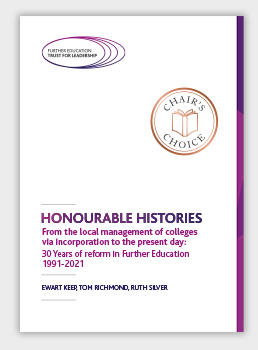
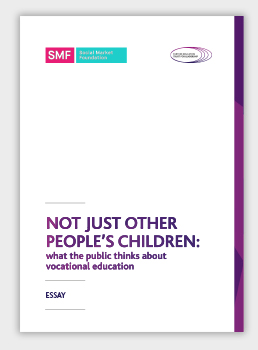
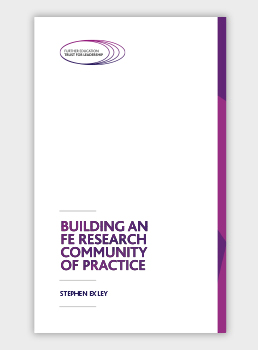
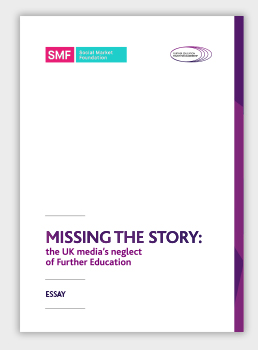
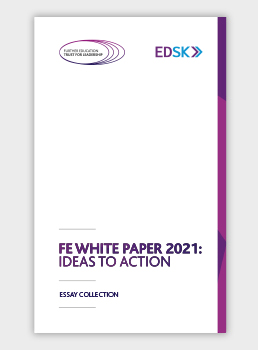
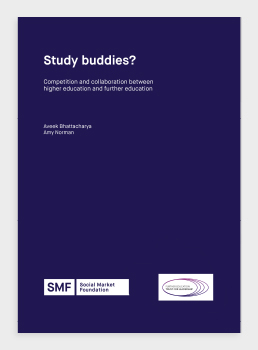



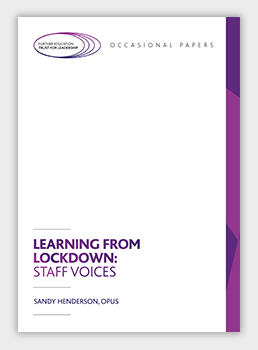







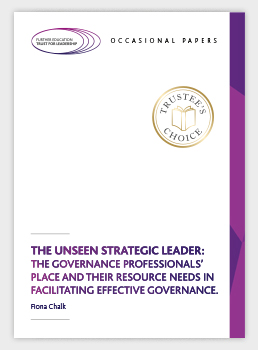



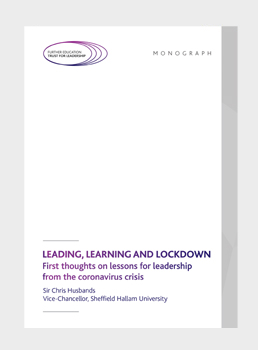
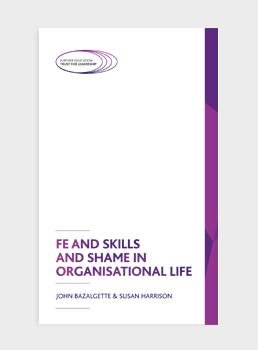
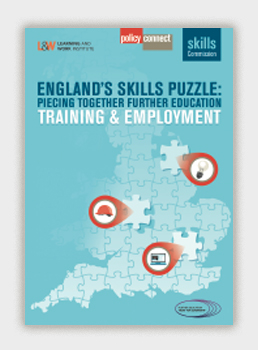
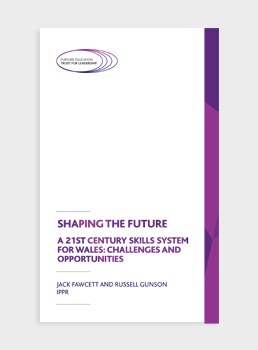

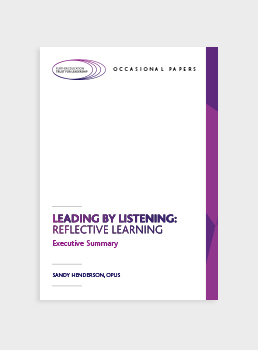

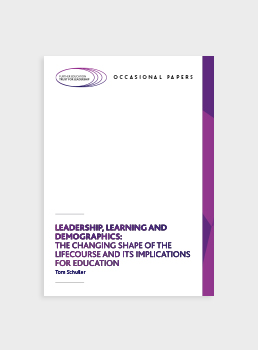
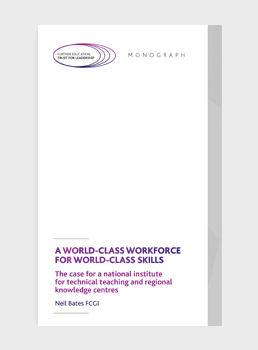
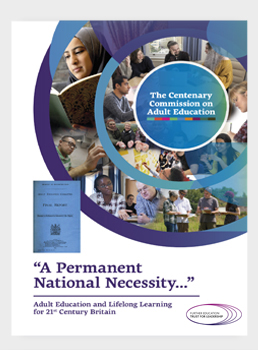
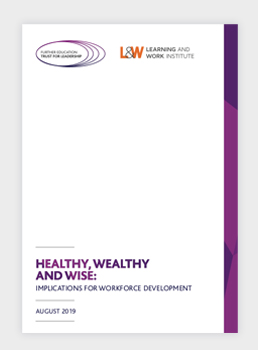
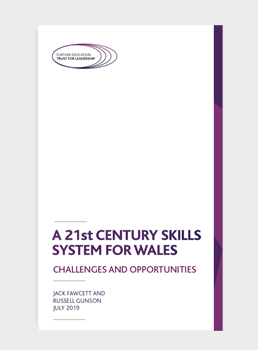
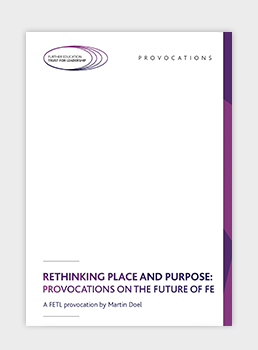
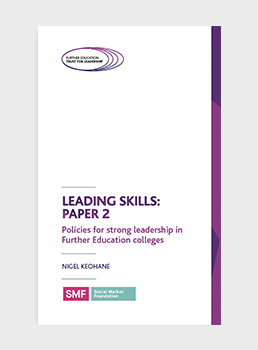

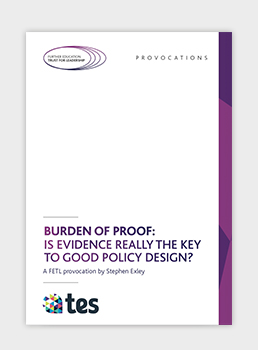
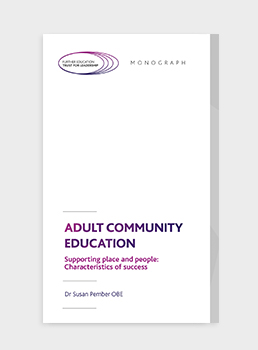
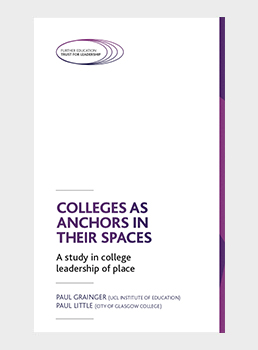
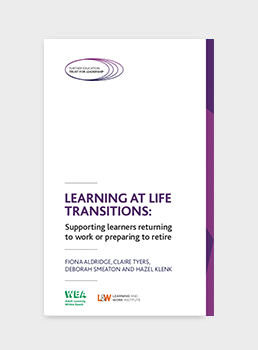
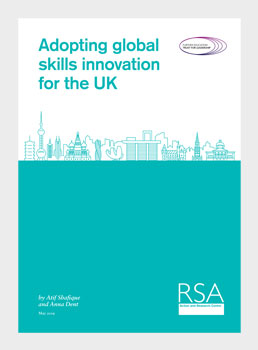
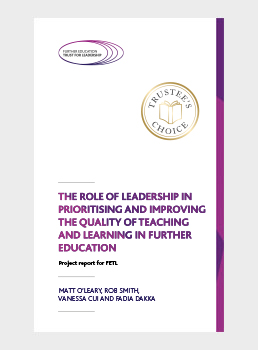
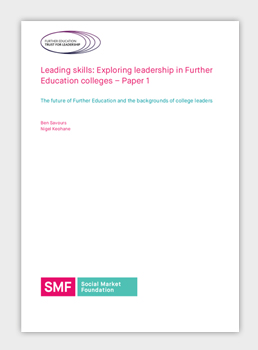
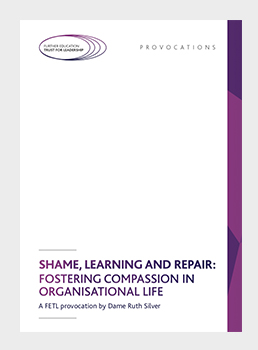
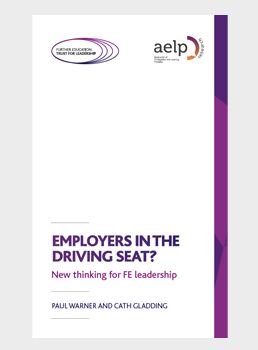
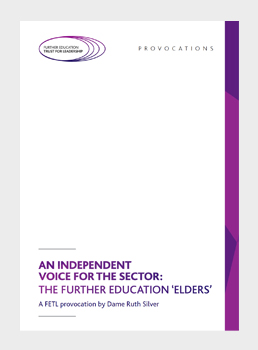
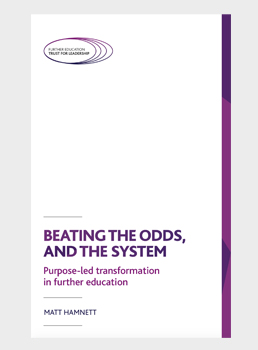
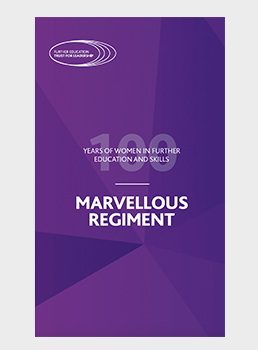
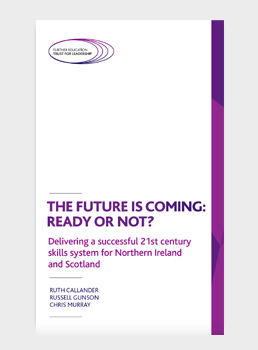
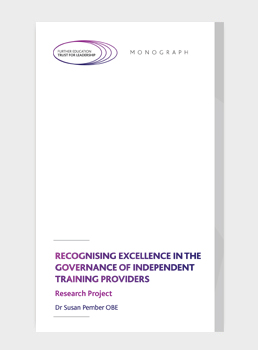
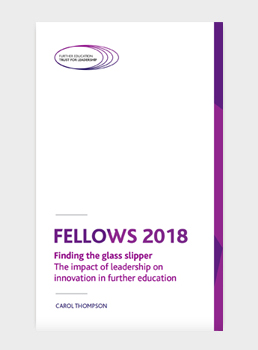

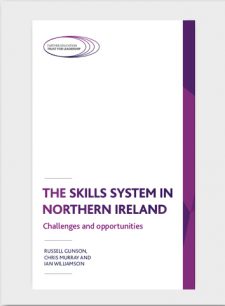

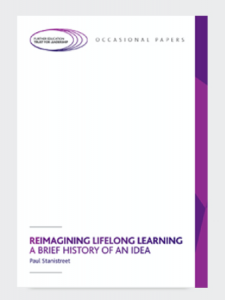



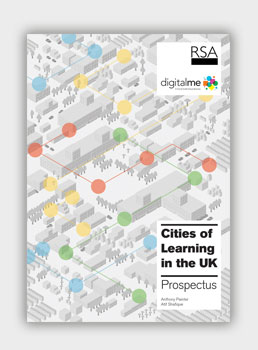
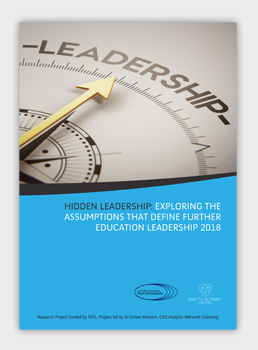

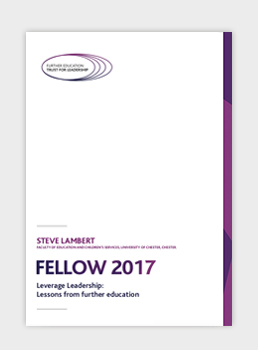
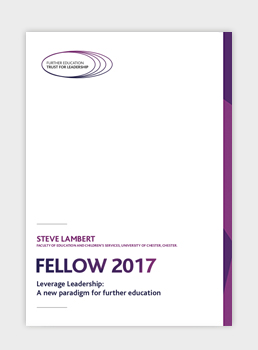
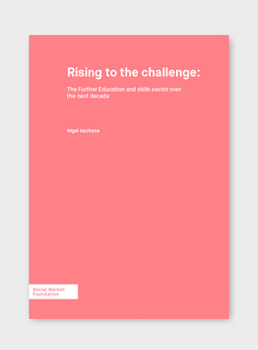
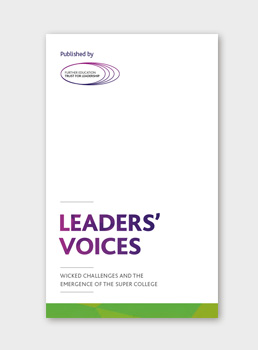
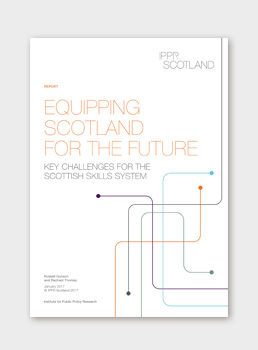
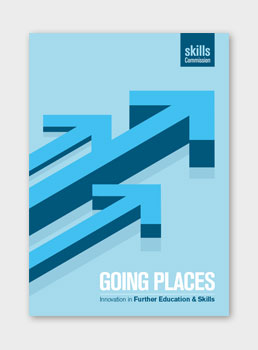
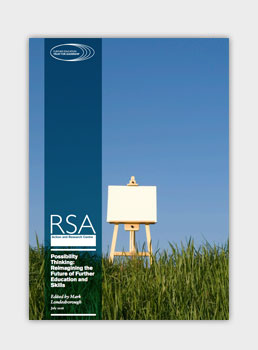
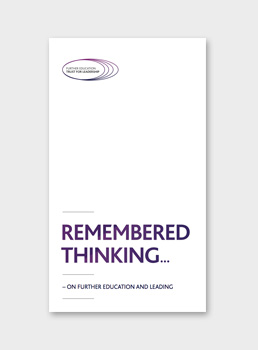
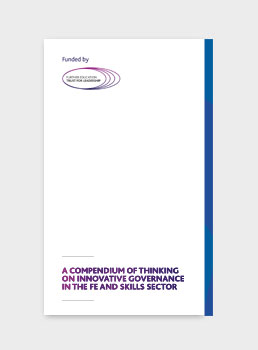

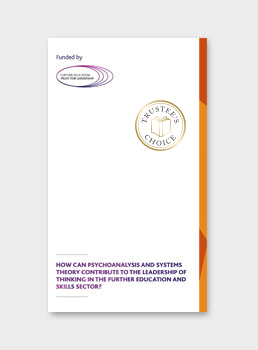

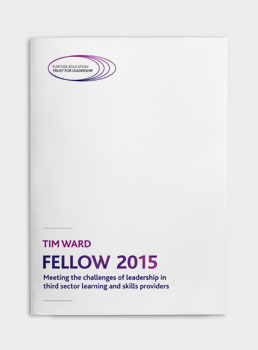
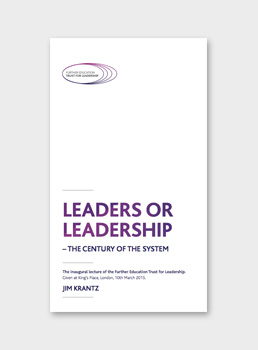
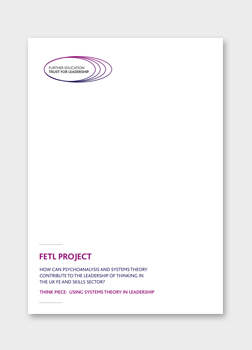

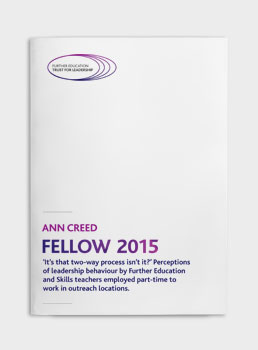
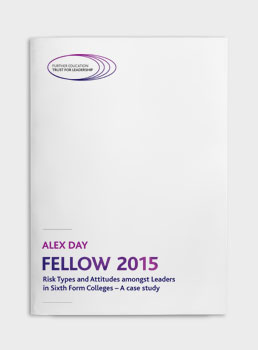
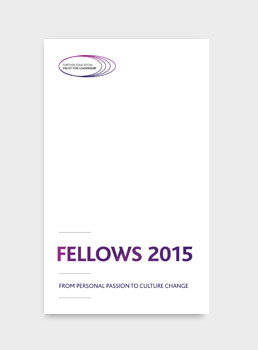
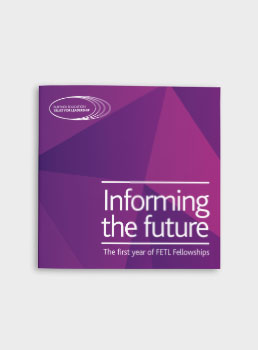


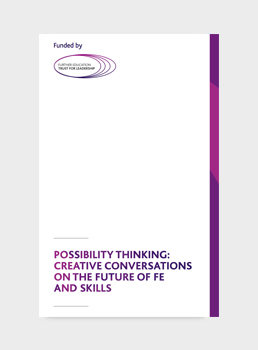
I’ve been looking for photos and articles on this topic over the past few days due to a school assignment, baccaratsite and I’m really happy to find a post with the material I was looking for! I bookmark and will come often! Thanks 😀
hello there and thank you for your info – I’ve certainly picked up anything new from right here.
I did however expertise several technical points using this website, as I experienced to reload the website lots of times previous to I could get it to load properly.
I had been wondering if your web host is OK? Not that I am complaining, but slow loading instances times will often affect your placement in google
and could damage your quality score if ads and marketing with Adwords.
Well I am adding this RSS to my e-mail and can look out for a lot
more of your respective fascinating content. Ensure
that you update this again soon.. Escape rooms
I like this site very much, Its a real nice post to read and obtain info.?
Very interesting info!Perfect just what I was searching for!
Euro travel guide